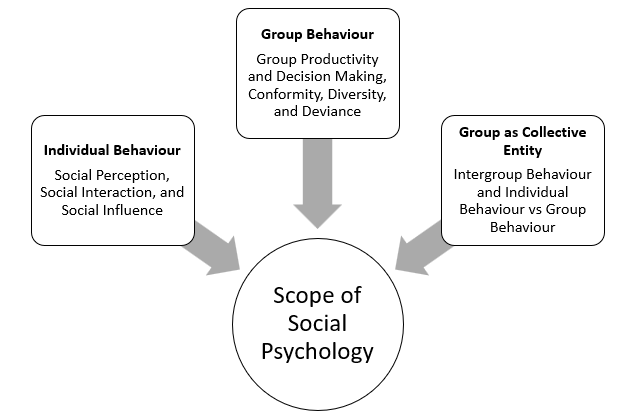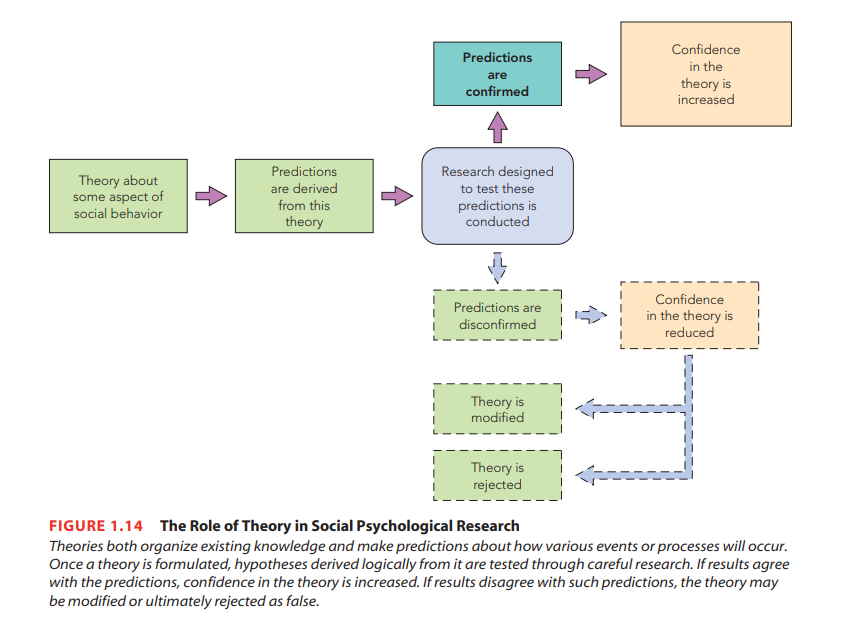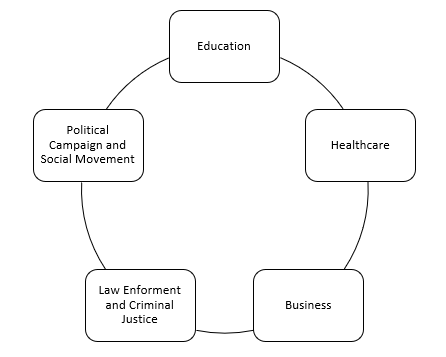Introduction
Social psychology is a field that investigates how individuals think, feel, and behave in social contexts. One of the central definitions of social psychology comes from Baron, Byrne, and Branscombe (2006), who described it as the scientific study of how people’s thoughts, feelings, and behaviors are influenced by the real or imagined presence of others.
Read More- Social Psychology
Definition of Social Psychology
Baron et al. (2006) define social psychology as “the scientific field that seeks to understand the nature and causes of individual behavior and thought in social situations.” This definition emphasizes several important aspects:
- Scientific Approach: Social psychology relies on empirical methods, systematic observation, experimentation, and statistical analysis.
- Focus on the Individual: Unlike sociology, which studies groups and institutions, social psychology focuses on the individual within the social context.
- Influence of Social Context: Behavior is shaped by the presence, actions, and expectations of others.
- Cognitive and Emotional Processes: Social psychology is concerned not only with observable behavior but also with internal thoughts and feelings.
The strength of Baron’s definition lies in its inclusivity. It accounts for both direct and indirect social influences and recognizes the interplay of cognitive, emotional, and behavioral components.
The Nature of Social Psychology
The nature of social psychology is best understood by examining its foundational principles and perspectives.
Interactionism
Kurt Lewin (1936), considered the father of modern social psychology, proposed the equation B = f(P, E), where behavior (B) is a function of the person (P) and the environment (E). Baron builds upon this by emphasizing the interaction between the individual and the situation. This interactionist approach asserts that neither personal traits nor situational variables alone can explain behavior adequately.
Multidimensional Nature
Baron et al. (2006) argue that social psychology incorporates various dimensions, including:
- Cognitive: How people perceive and interpret social information.
- Affective: Emotional responses to social stimuli.
- Behavioral: Actions in social settings.
For instance, a person’s decision to help someone in need may depend on their emotional empathy (affective), perception of the situation (cognitive), and social norms (situational).
Empirical and Theoretical Orientation
Social psychology combines empirical research with theoretical modeling. Theories such as cognitive dissonance (Festinger, 1957) and attribution theory (Heider, 1958) are tested and refined through experimentation.
Scope of Social Psychology
Social psychology has a broad scope encompassing numerous subfields:

Scope of Social Psychology
1. Social Cognition
This area explores how people perceive, remember, and interpret information about themselves and others. It includes concepts like schemas, heuristics, and biases. Baron and colleagues highlight how mental shortcuts (heuristics) influence judgments, such as the availability heuristic, where people estimate the likelihood of events based on how easily examples come to mind.
2. Attitudes and Persuasion
Attitudes are evaluations of objects, people, or issues. Social psychologists study how attitudes are formed, maintained, and changed. The Elaboration Likelihood Model (Petty & Cacioppo, 1986) explains how persuasion can occur via central (logic-based) or peripheral (emotion-based) routes.
3. Social Influence
This includes conformity, compliance, and obedience. Classic studies by Asch (1951) on conformity and Milgram (1963) on obedience demonstrate the power of social influence. Baron emphasizes that even imagined social pressure can lead to behavioral changes.
4. Interpersonal Relationships
Research on attraction, love, aggression, and prosocial behavior falls under this domain. Baron et al. explore factors like physical attractiveness, similarity, and reciprocity in forming relationships.
5. Group Dynamics
Social psychologists study how individuals behave in group contexts. Topics include groupthink (Janis, 1972), deindividuation (Zimbardo, 1971), and social facilitation. Baron discusses how group norms and roles shape behavior.
6. Prejudice and Discrimination
Baron emphasizes that social psychology addresses real-world issues such as racism, sexism, and other forms of prejudice. Theories like social identity theory (Tajfel & Turner, 1986) explain how in-group favoritism and out-group discrimination arise.
Social Psychology as a Science
Social psychology qualifies as a science due to its adherence to scientific principles
.

Role of Theory
- Empirical Methods- Baron et al. stress the use of experiments to establish cause-effect relationships. Random assignment, control groups, and operational definitions are essential tools.
- Replicability and Peer Review- Scientific findings are subjected to replication and peer review. The replication crisis in psychology has prompted reforms, such as pre-registration and open science practices.
- Quantitative Analysis- Data analysis using statistical techniques ensures objectivity. Social psychologists employ ANOVA, regression, factor analysis, and meta-analysis.
- Ethical Standards- Research is governed by ethical guidelines, including informed consent, confidentiality, and debriefing. The APA and institutional review boards oversee these standards.
- Interdisciplinary Nature- Social psychology draws from and contributes to other disciplines like neuroscience, economics, and political science. For example, neuroimaging studies reveal the brain mechanisms underlying social behavior.
Applications of Social Psychology
Baron highlights the real-world relevance of social psychology:

Practical Application of Social Psychology
- Health: Understanding health behaviors and promoting healthy lifestyles.
- Law: Jury decision-making, eyewitness testimony.
- Education: Classroom dynamics, motivation.
- Environment: Promoting sustainable behavior.
- Business: Leadership, organizational behavior, consumer psychology.
Conclusion
Baron’s definition and framework provide a comprehensive understanding of social psychology. The field’s nature is rooted in the interaction between individuals and their social environments. Its scope is vast, covering cognitive, emotional, behavioral, and cultural dimensions. By adhering to scientific methods, social psychology offers valuable insights and practical applications, solidifying its status as a robust scientific discipline.
References
Asch, S. E. (1951). Effects of group pressure upon the modification and distortion of judgments. In Groups, leadership, and men, 177-190.
Baron, R. A., Branscombe, N. R., & Byrne, D. (2006). Social Psychology (12th ed.). Pearson Education.
Festinger, L. (1957). A Theory of Cognitive Dissonance. Stanford University Press.
Heider, F. (1958). The Psychology of Interpersonal Relations. Wiley.
Janis, I. L. (1972). Victims of Groupthink. Houghton Mifflin.
Lewin, K. (1936). Principles of Topological Psychology. McGraw-Hill.
Milgram, S. (1963). Behavioral study of obedience. Journal of Abnormal and Social Psychology, 67(4), 371–378.
Petty, R. E., & Cacioppo, J. T. (1986). Communication and Persuasion. Springer.
Tajfel, H., & Turner, J. C. (1986). The social identity theory of intergroup behavior. In S. Worchel & W. G. Austin (Eds.), Psychology of Intergroup Relations, 7-24.
Zimbardo, P. G. (1971). The power and pathology of imprisonment. Congressional Record.
Subscribe to Careershodh
Get the latest updates and insights.
Join 18,532 other subscribers!
Niwlikar, B. A. (2025, July 18). Social Psychology: Definition, Nature, and 5 Important Scope. Careershodh. https://www.careershodh.com/social-psychology-definition-nature-and-scope/
